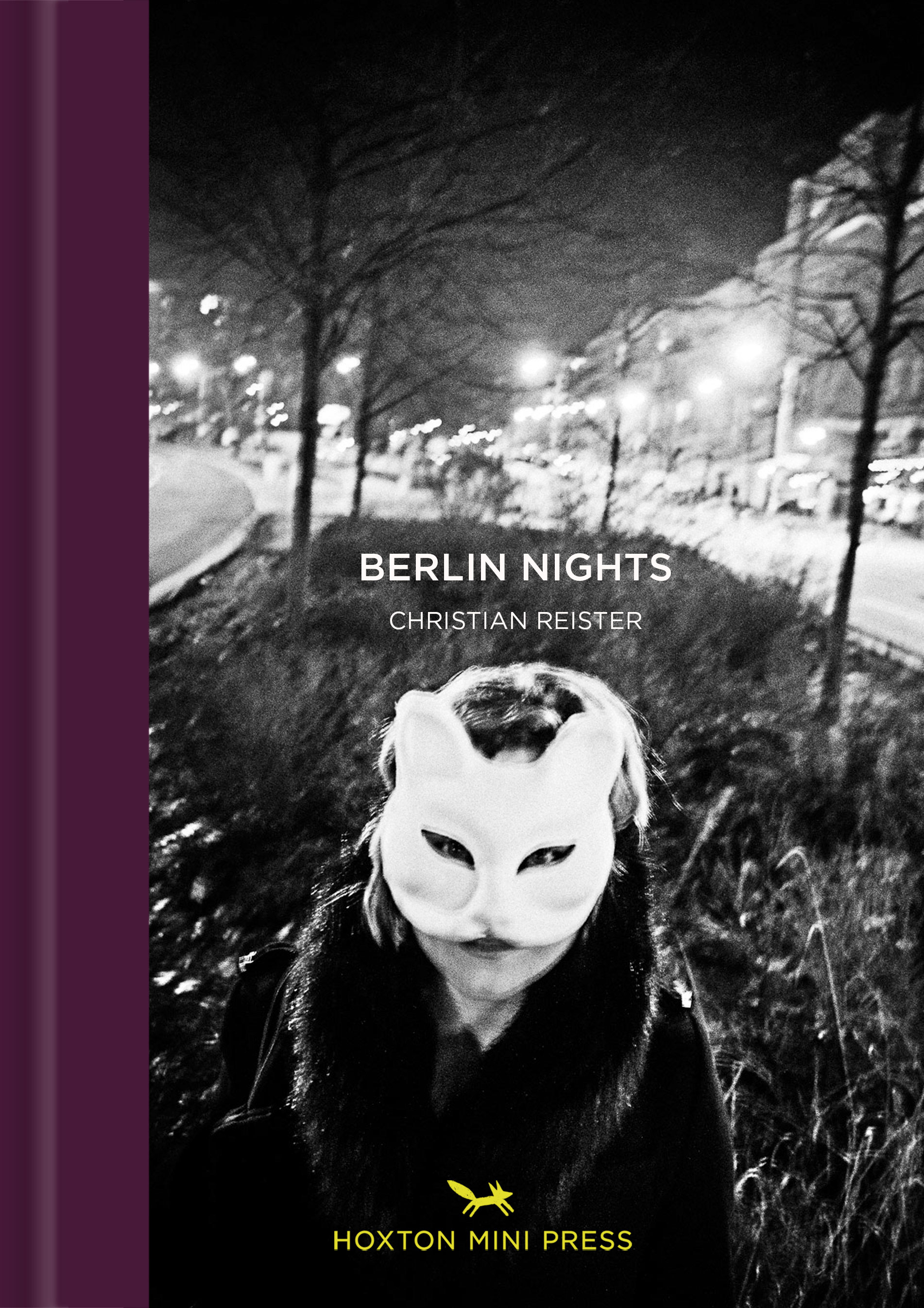Last Updated on 12/18/2018 by Mark Beckenbach
Berlin Night images by Christian Reister; used with permission.
The night is young, the drinks are cold, and the parties are colorful — but it’s a different face of nightlife that you’ll see in this new photo book by German photography Christian Reister. Titled Berlin Nights, this volume offers a more gritty and personal approach in monochrome to depict the vibrant nightlife of Berlin. Alongside heady clubs, interesting party people, and dizzying dance floors, he brings us to the calmer and often more emotional “after party” scenes out in the streets.
We recently got in touch with Reister to get him to introduce his new photo book to us. In the our chat below, he tells us more about the motivations, ideas, and process behind Berlin Nights, along with a peek of some of the photos that made it to the volume.
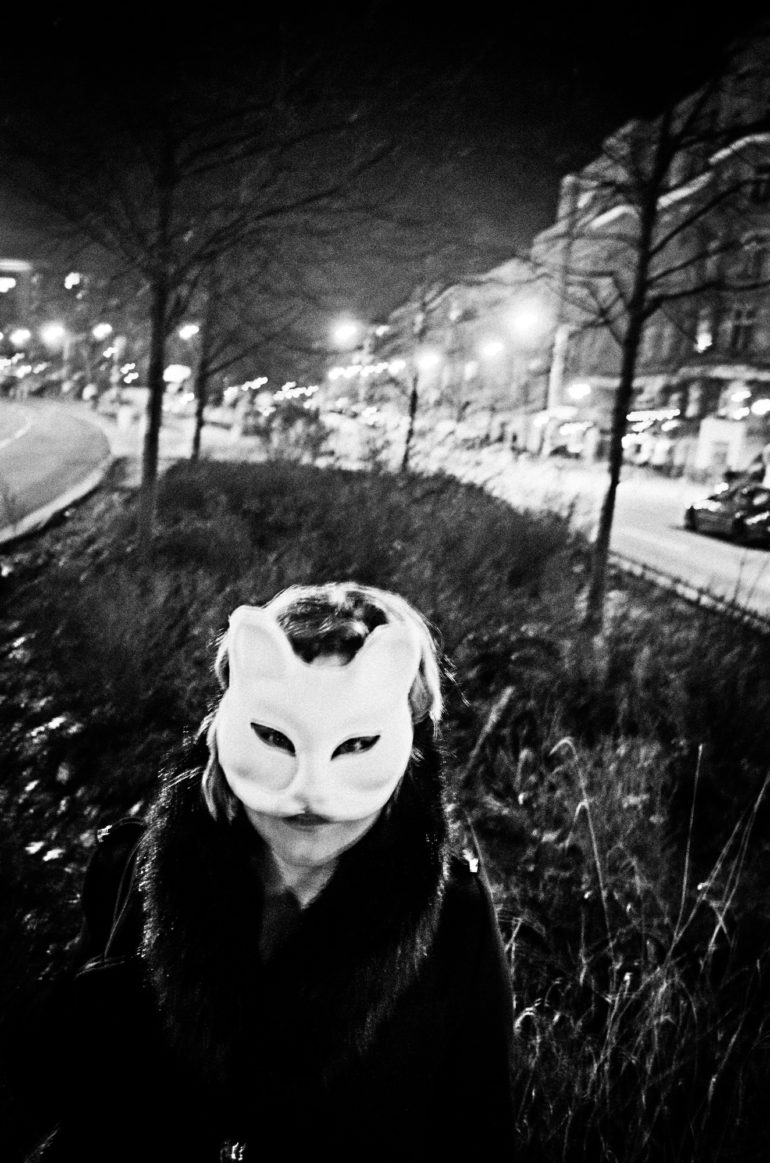
Phoblographer: Hello Christian! Can you tell us something about yourself and what you do?
Christian Reister: I was born in in Southern Germany in the early 70s and moved to Berlin in 1997. My photographic subject is urban city life. I work somewhere in between the genres of documentary photography, portraiture and street photography.
Phoblographer: How did you get into photography? How did you discover the kind of photography and imagery you make now?
Reister: My starting point was a plastic lomo camera and color film back in the year 2000. It was very much about playing around in the first place. Later I learned the techniques, switched to digital, SLR, full frame, etc. Somehow, at some point, I wanted to get back to the less unpredictable results of a low-tech analogue point & shoot camera. I also wanted to try out black and white and that’s basically how I came to my current style, for my raw and grainy night photography.
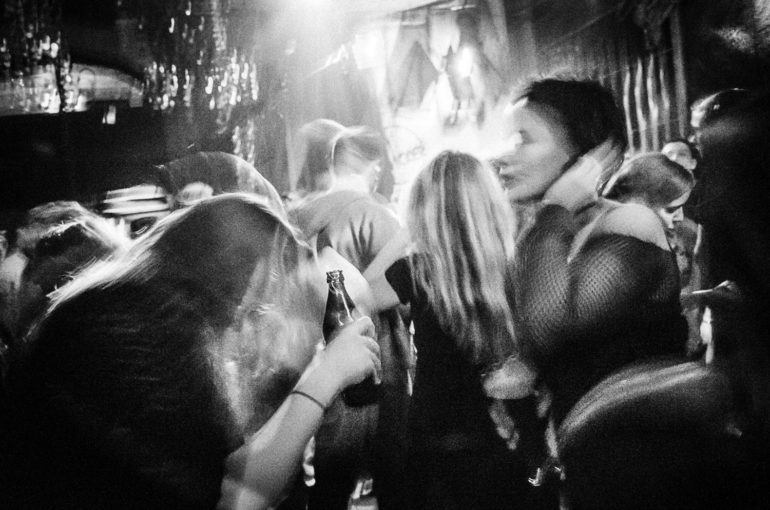
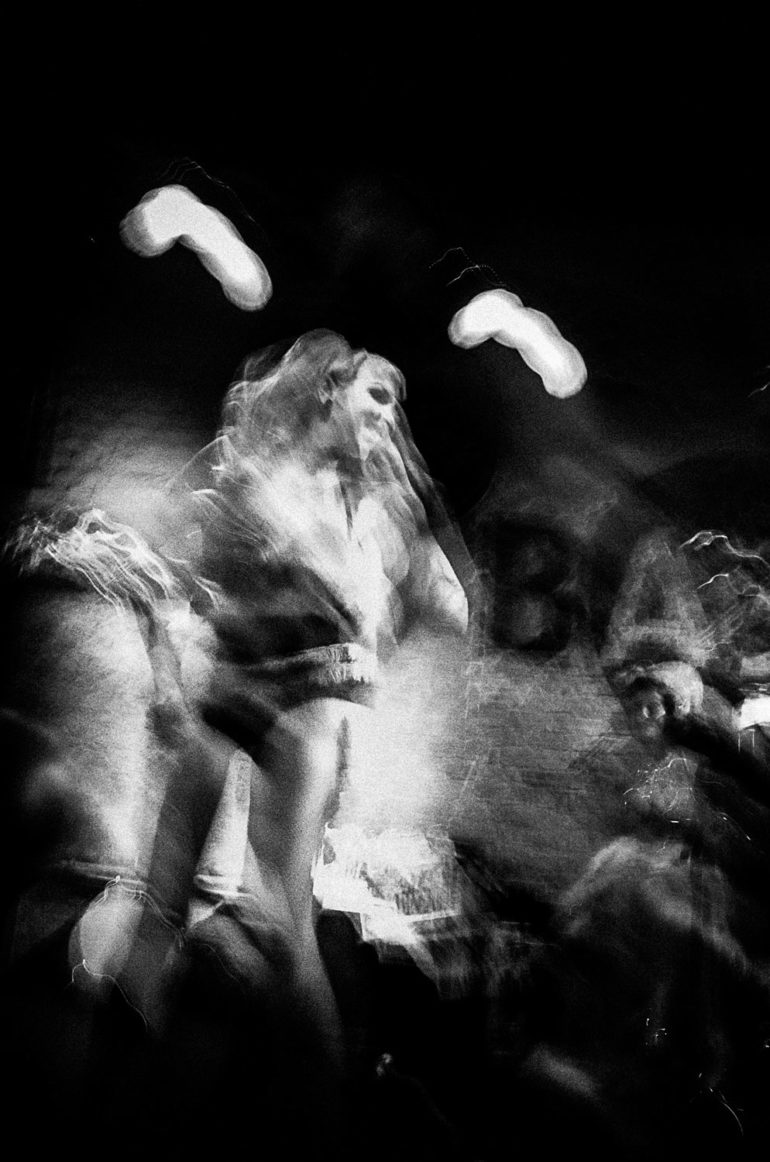
Phoblographer: We’d like to know your thought process for your new book, Berlin Nights. How did this project come about? What was/were the inspiration/s behind the project?
Reister: The oldest image in the book is from 2008, but 2011 was the year when I started focusing on my “new” style (black and white, grainy, blurry). It turned out that this kind of photo worked best at night. I always have a small camera with me so I basically took pictures everywhere I went after dark.
In 2015, I put together a self-published book Alle Katzen Grau (last copies still available via christianreister.com), a piece I’ve gotten a lot of positive feedback for. It opened some doors for me and because I felt I could still add a lot to this body of work, I just kept on working on this long-term series.
In 2017, I was invited to an event hosted by Hoxton Mini Press in London to present my work. I presented a photo film – a kind of a slideshow with my Berlin night photographs. That’s how I came in contact with Hoxton Mini Press. The offered me the chance to make a book together, and this is how Berlin Nights came about. It is a collection of photographs from the last 10 years.
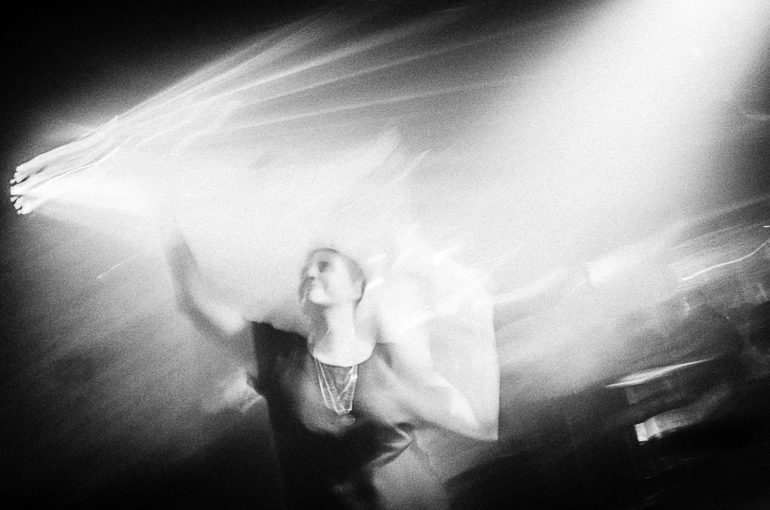
“When you leave out the colors, I feel the work is much more abstract and timeless. My intention is not to show the most hip and glamorous sides of a commercialized nightlife that you may find promoted in tourist guides or lifestyle magazines. My photography is about my own personal view on my own personal nightlife.”
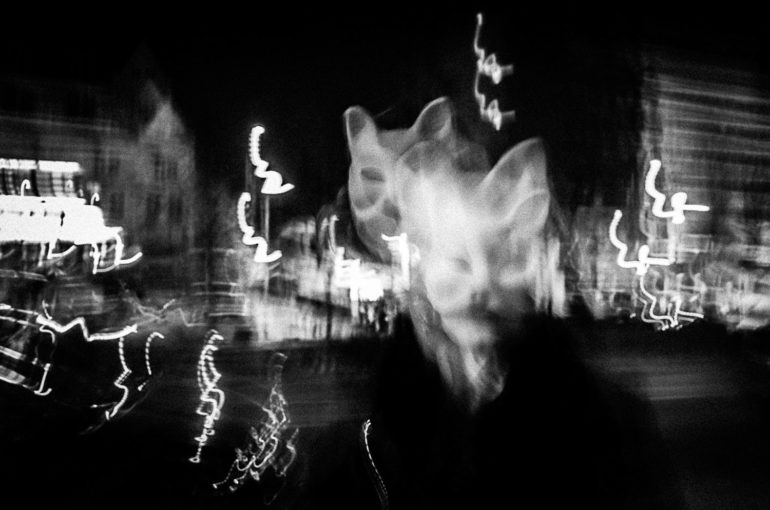
Phoblographer: Parties, clubs, and nightlife are vibrant subjects that are typically shot in color. What made you decide to do this project in gritty monochrome?
Reister: When you leave out the colors, I feel the work is much more abstract and timeless. My intention is not to show the most hip and glamorous sides of a commercialized nightlife that you may find promoted in tourist guides or lifestyle magazines. My photography is about my own personal view on my own personal nightlife. There is a section with nights clubs in my book, but also a lot of calmer scenes: night walks, impressions on the streets, photos of friends or taken in bars. It’s a versatility of motifs. Next to the party mood there’s always melancholy as well.
Phoblographer: Please tell us about your gear of choice for this project. Why a compact 35mm camera? How do you think it allowed you to achieve your creative vision?
Reister: When I started this project I wanted to have the simplest technique possible and the smallest camera possible, just to be able to bring them everywhere without drawing much attention. I used simple compact cameras with 400 ASA film. Nowadays, I take a lot of digital photos as well and have found my methods to get them as “dirty” and as imperfect as the analogue ones.
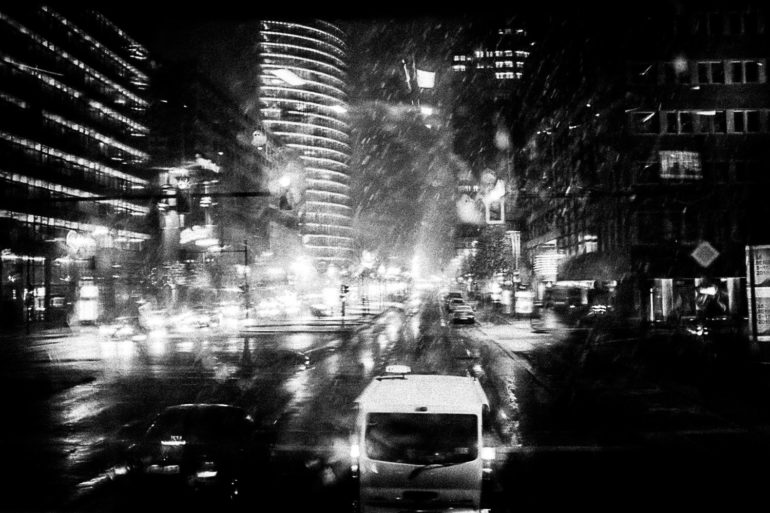
“Too many facts destroy the imagination. I try to take the pictures for what they are: pictures. “
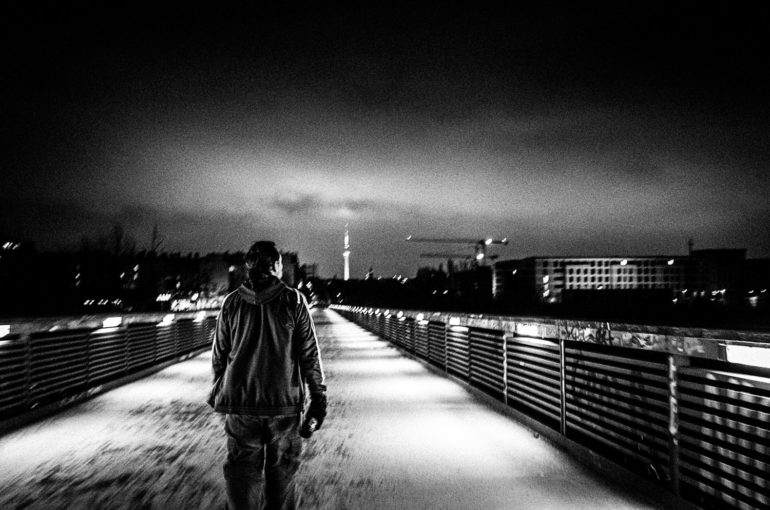
Phoblographer: Did you ever come across any unforgettable personalities or experiences while shooting for Berlin Nights? Can you share with us a photo and the story behind it?
Reister: There are stories to a lot of pictures, of course. But I don’t like to talk about these anecdotes in public. They are not important for understanding my work. Too many facts destroy the imagination. I try to take the pictures for what they are: pictures. There is no “before” and no “after” seen on the image, only this one moment that is valid and corresponds with the moments of the other photos. The result is a narrative that has nothing at all to do with the actual facts – when, how, and where.
Phoblographer: Berlin Nights is all about the energy and intensity of the city’s nightlife, yet there also seem to be some “after party” images in the book. What do these “quiet” moments represent in relation to the energy depicted in the rest of the project?
Reister: Bringing a book together is like composing a piece of music. It’s good to have an intro, a catchy rhythm, breaks and bridges, hook-lines, calm parts and louder parts. I always try to create an atmosphere and suspense that kind of leads you through the pages.
The quiet moments and “after party” images in this book are essential. Berlin can be vibrant, loud and cheerful but it has its dark, cold and inhospitable sides as well.
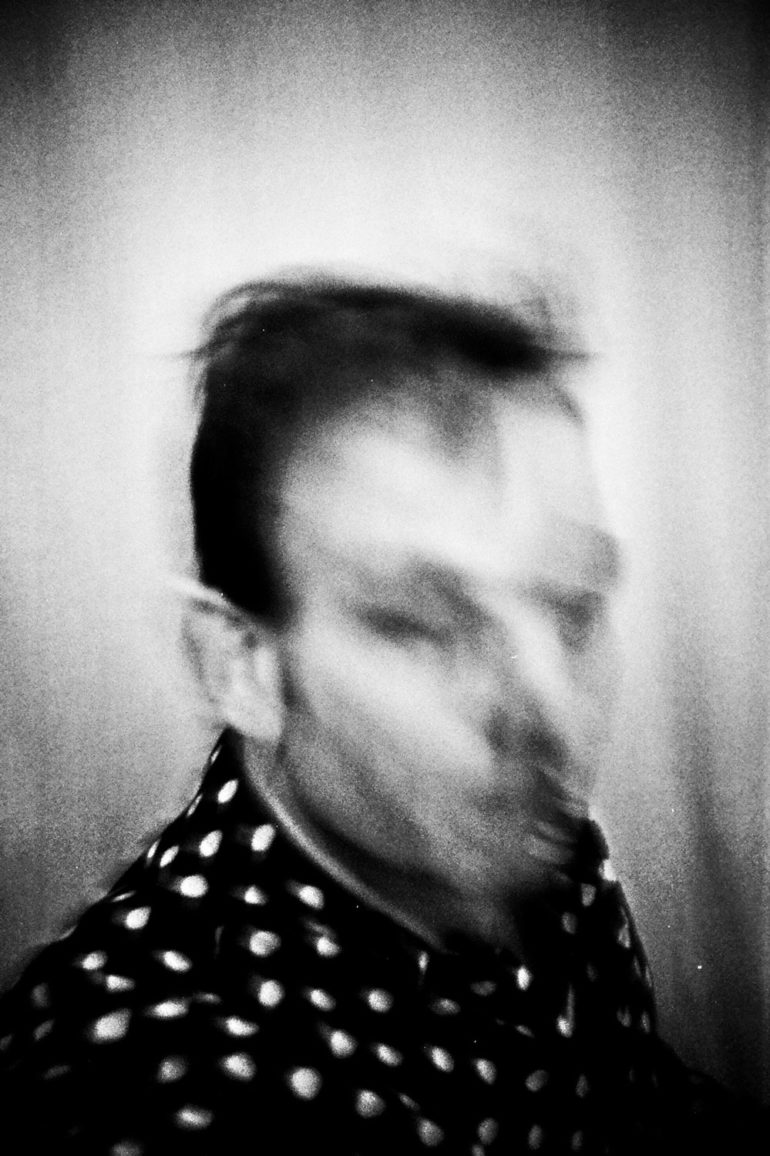
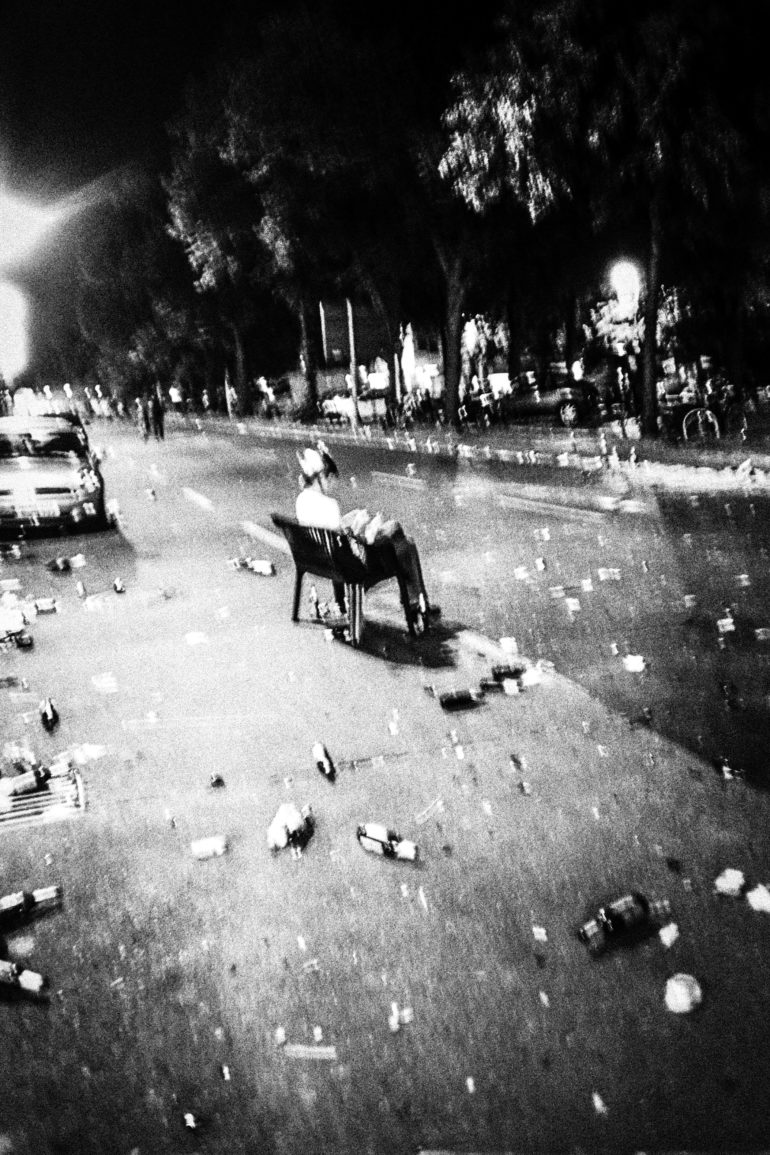
Phoblographer: What was the most challenging part of shooting for and putting together Berlin Nights? How did you work around it?
Reister: A lot of pictures from the book have been exhibited before. They have been used in photo films or published in magazines, or in my own books and zines, so at the point when we were bringing Berlin Nights together, I was very familiar with that work. Having a bunch of great people involved in the book, like the designer Friederike Huber and Martin Usborne from Hoxton Mini Press, made things more easy for me. It was simply great to see how they worked with my photographs, that were all new to them. They had a really fresh eye for it. So, in terms of the making of the book, it was more a pleasure than a challenge, really!
Phoblographer: Which aspect of your style do you feel makes your work truly your own? How does it manifest in Berlin Nights?
Reister: I can’t really judge by myself what makes up my own style, I can only guess…
I think I can claim to have an atmospheric, abstract, and unconcrete view on things – as well as strong, narrative and individual photos. What makes it exciting for me is finding the right mix. I think we succeeded in finding it for Berlin Nights.
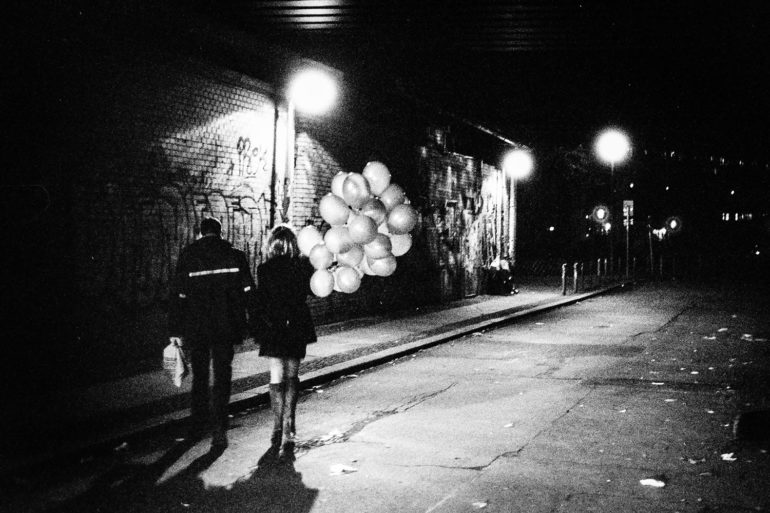
Phoblographer: Lastly, what would you advise those who want to publish their own photography projects into a book?
Reister: I think it’s always a good idea to be unique and to be as critical as possible about every aspect of the book. The images are only a part of it. Take care about good design, material, fonts, binding and the whole printing process. Find partners or mentors that have an outsider’s view on your work and are absolutely honest with you. Bookmaking is a matter of practice. Always work with those who are better than you and learn from the best.
Visit Christian Reister’s website to learn more about Berlin Nights, and Hoxton Mini Press to grab a copy of the book.


